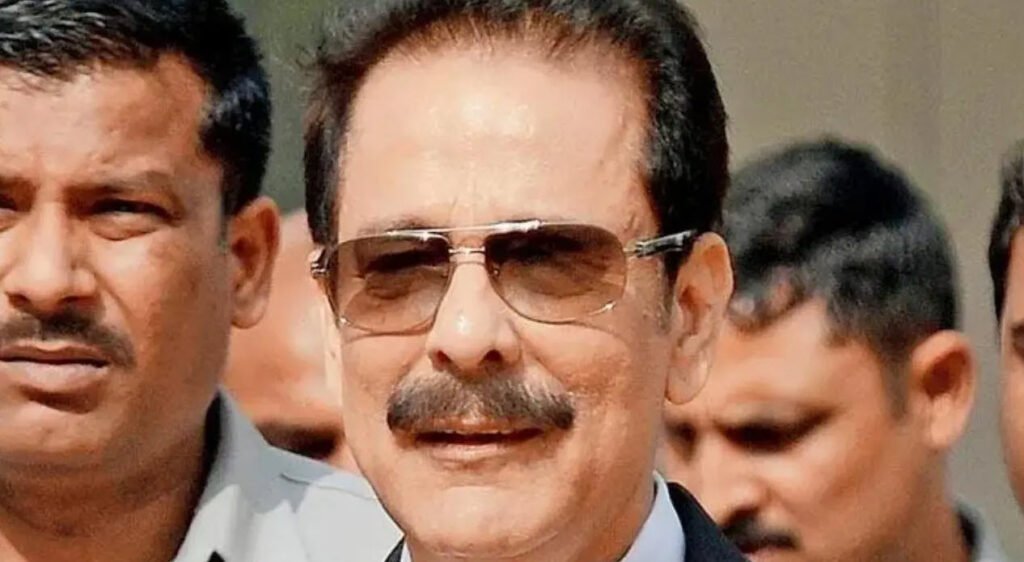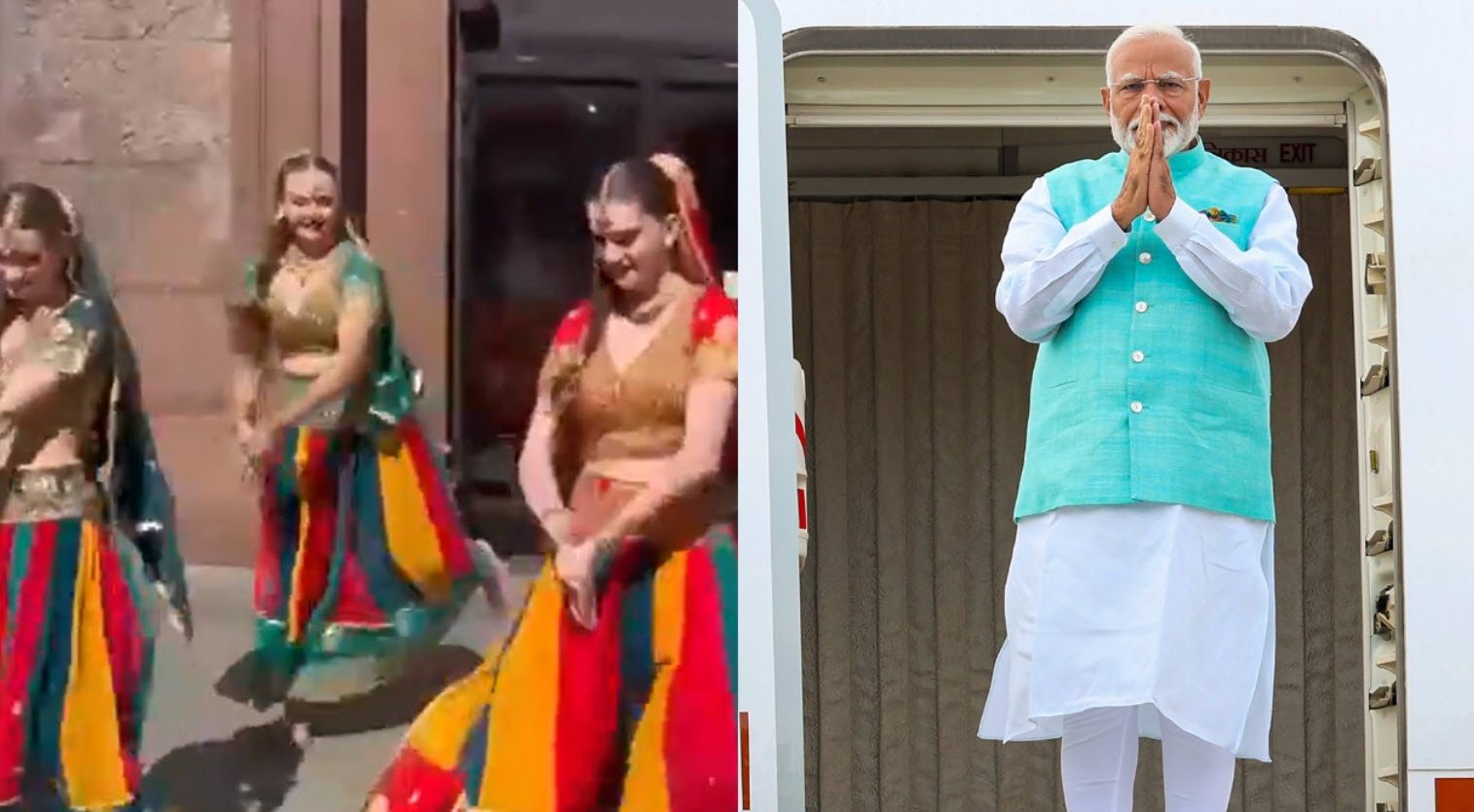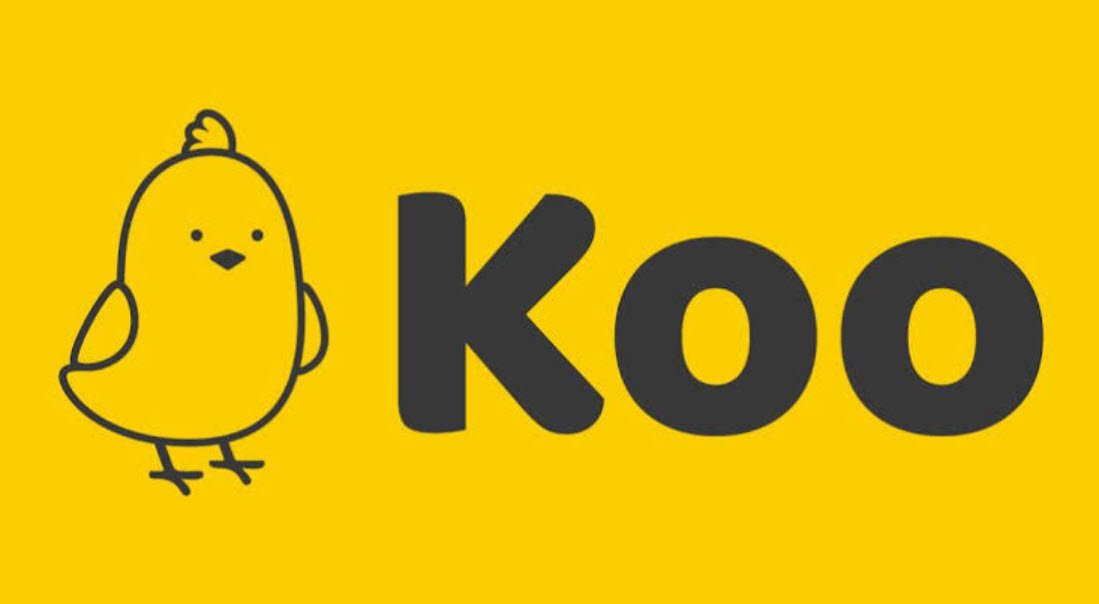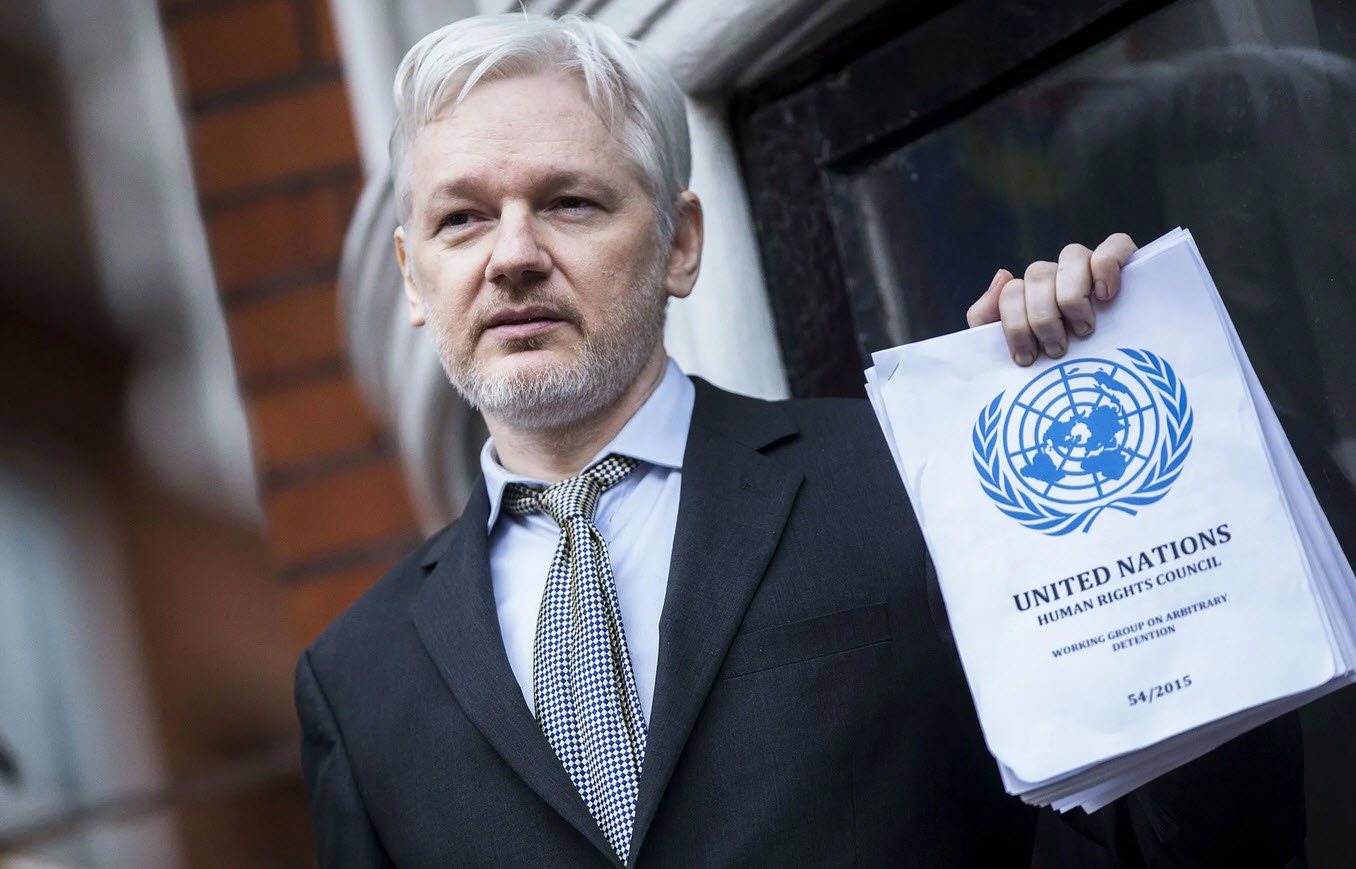
In 1978, Subrata Roy embarked on an entrepreneurial journey that began with selling biscuits on his Lambretta scooter. Little did he know that this humble start would evolve into the Sahara Group, a conglomerate with a business value of two lakh crores. The Sahara Group’s growth has been marked by significant milestones, innovations, and challenges, shaping its narrative in the corporate landscape of India.
Subrata Roy’s visionary leadership expanded the Sahara Group beyond its initial foray into biscuit sales. In 1990, the group diversified its portfolio by introducing new financial services. Notably, the ambitious Sahara City project was launched in Lucknow, comprising 217 townships, showcasing the group’s commitment to large-scale urban development.
The Sahara Group’s influence extended to finance, healthcare, and hospitality under Subrata Roy’s guidance. In 2004, Time magazine recognized Sahara as India’s second-largest employer, with a workforce of 1.2 million employees, trailing only behind Indian Railways. Subrata Roy himself earned accolades as a top influencer by India Today in 2012, highlighting his impact on India’s corporate and social landscape.
A significant moment in the Sahara Group’s history unfolded on May 6th, 2013, when the company, under Subrata Roy’s leadership, achieved a Guinness World Record. India shattered Pakistan’s record for the largest group singing the National Anthem, with the participation of 10 lakh staff from 4,512 Sahara offices. This event showcased not only the group’s size but also its unity and patriotic spirit.
Sahara Group Managing Worker and Chairman Subrata Roy passes away due to cardiorespiratory arrest: Sahara Group pic.twitter.com/ugUdBrxiSp
— ANI (@ANI) November 14, 2023
However, the success story took a turn in 2009 when Sahara’s IPO application triggered an investigation. It was revealed that Sahara had been collecting funds against regulations, challenging its once-praised image as a job creator. By 2012, this issue escalated into a legal battle with the Securities and Exchange Board of India (SEBI).
In a landmark decision, the Supreme Court upheld SEBI’s ruling, ordering Sahara to refund a staggering ₹24,000 crore with 15% interest. This setback marked a challenging period for the Sahara Group, tarnishing its reputation and financial standing. Subrata Roy’s detention in 2014 over non-appearance in the SEBI battle added another layer of complexity to the situation. Although he was eventually granted bail, it symbolized a turbulent chapter in Sahara’s journey.
The Sahara Group’s story provides valuable lessons for the business world, emphasizing the importance of transparency in fundraising and compliance with regulatory norms. The challenges faced by the group underscore the need for robust corporate governance practices to build and maintain investor trust.
In conclusion, the Sahara Group’s trajectory reflects the dual nature of success and adversity in the business world. While it achieved remarkable milestones and became a significant player in various industries, the legal battles and regulatory challenges serve as a cautionary tale. Learning from Sahara’s experiences can guide future entrepreneurs and corporations in navigating the complexities of business, ensuring sustainable growth, and maintaining a reputation built on trust and integrity.
You may also like:- What is Happening in Bangladesh Right Now?
- India Sees Highest Suicides In The World – 12.4 Per 1,00,000 As Per National Data
- ANI Files Rs 2 Crore Defamation Suit Against Wikipedia
- Russian Artists Welcome PM Modi with Vibrant Dance in Moscow
- Indian Social Media Platform ‘Koo’, Which Was Once Termed as Twitter Alternative is Shutting Down
- 10 Most Controversial Exposes by WikiLeaks
- Belgian Prime Minister Alexander de Croo Announces Resignation Amidst Election Defeat
- Kangana Ranaut Slapped By CISF Woman Constable at Chandigarh Airport
- Save the Date – Narendra Modi’s Oath Ceremony Details Here!
- International Media on India’s Exit Polls








